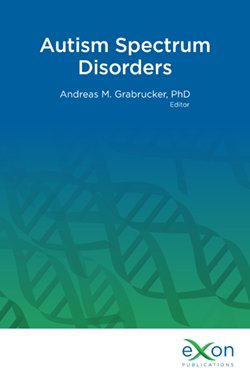Autism Spectrum Disorders: Diagnosis and Treatment
Main Article Content
ABSTRACT
The diagnostic criteria and treatment approaches of autism spectrum disorders (ASD) have changed greatly over the years. Currently, diagnosis is conducted mainly by observational screening tools that measure a child’s social and cognitive abilities. The two main tools used in the diagnosis of ASD are DSM-5 and M-CHAT, which examine persistent deficits in interaction and social communication, and analyze responses to “yes/no” items that cover different developmental domains to formulate a diagnosis. Treatment depends on severity and comorbidities, which can include behavioral training, pharmacological use, and dietary supplement. Behavior-oriented treatments include a series of programs that aim to re-condition target behaviors, and develop vocational, social, cognitive, and living skills. However, to date, no single or combination treatments have been able to reverse ASD completely. This chapter provides an overview of the current diagnostic and treatment strategies of ASD.
Downloads
Metrics
Article Details

This work is licensed under a Creative Commons Attribution-NonCommercial 4.0 International License.

